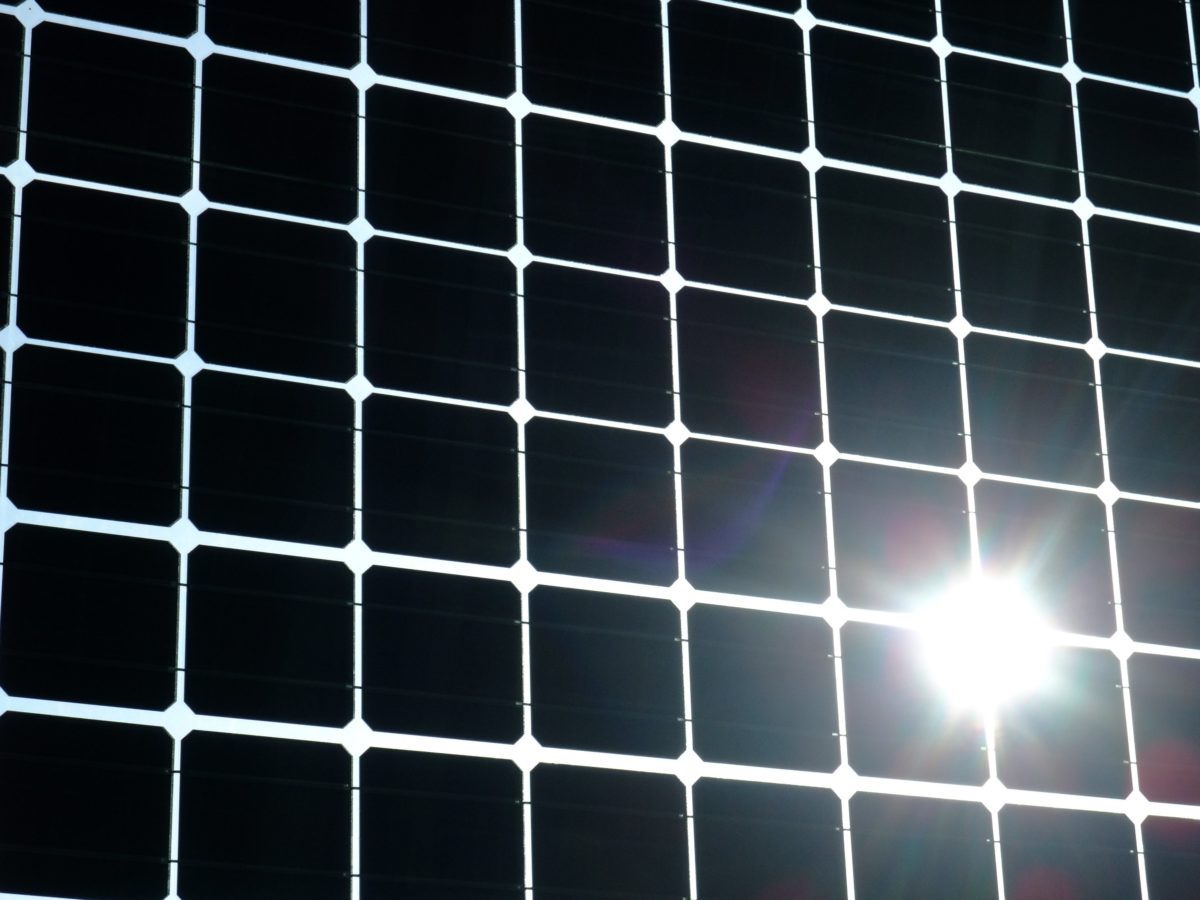Scientists from the Renewable Energy Research Center at Japan’s National Institute of Advanced Industrial Science and Technology (AIST) and the Institute for Solid State Physics (ISSP) at the University of Tokyo have demonstrated a new concept for a heat-recovery (HERC) solar cell. The design relies on crystalline silicon, rather than expensive strongly absorbing direct-gap semiconductor materials.
Presented in the paper Heat-Recovery Solar Cell, published in Physical Review Applied, the demonstrated solar cell is equipped with a 100-micron thick silicon absorber layer, which can extract ‘hot' charge carriers at high temperature, before their energy is lost as heat.
The cell also comprises two electrodes, and carrier-energy filtering layers placed between the absorber and electrodes. The cell exhibits increased performance thanks to the temperature gradient in the energy-filtering layers.
The simulation was based on the nonequilibrium theory of solar cells. This theory, which describes the dynamics of the carriers in the absorber, the thermalization and extraction processes, also provides a set of rate equations to determine distribution functions in the microscopic states of electrons.
According to the scientists, this new cell concept shows that there is room to improve the conversion efficiency of silicon solar cells beyond the maximum theoretical efficiency of around 34%, the so-called Shockley-Queisser limit.
“This theoretical paper is for a proposal of the concept,” AIST researcher, Kenji Kamide, told pv magazine. “We and other groups collaborating with us are now trying to obtain its proof of concept by lab-level experiments.”
Need for suitable layer materials
He also explained that, unlike conventional solar cells, the cell has a positive temperature dependence, which means that the efficiency increases with the temperature of the absorber. “A key and most challenging technology required for its realization is to find a suitable material for the energy filtering layers, free from any other issues that could arise with installing them into a HERC structure,” Kamide stated.
According to him, semiconductor materials for the filtering layers are required to have suitable band offsets to offer optimal barrier heights for the energy selective carrier transport, and low thermal conductivities to obtain a large temperature gradient inside the filtering layers at the same time. “Now we are looking for the best candidate materials for the energy filtering layers,” he specified.
When asked about the costs of such a cell, Kamide said it is too early in the research to provide a cost estimate, since the candidate materials are not yet settled. “Of course, low-cost materials should be better,” he affirmed.
This content is protected by copyright and may not be reused. If you want to cooperate with us and would like to reuse some of our content, please contact: editors@pv-magazine.com.




By submitting this form you agree to pv magazine using your data for the purposes of publishing your comment.
Your personal data will only be disclosed or otherwise transmitted to third parties for the purposes of spam filtering or if this is necessary for technical maintenance of the website. Any other transfer to third parties will not take place unless this is justified on the basis of applicable data protection regulations or if pv magazine is legally obliged to do so.
You may revoke this consent at any time with effect for the future, in which case your personal data will be deleted immediately. Otherwise, your data will be deleted if pv magazine has processed your request or the purpose of data storage is fulfilled.
Further information on data privacy can be found in our Data Protection Policy.